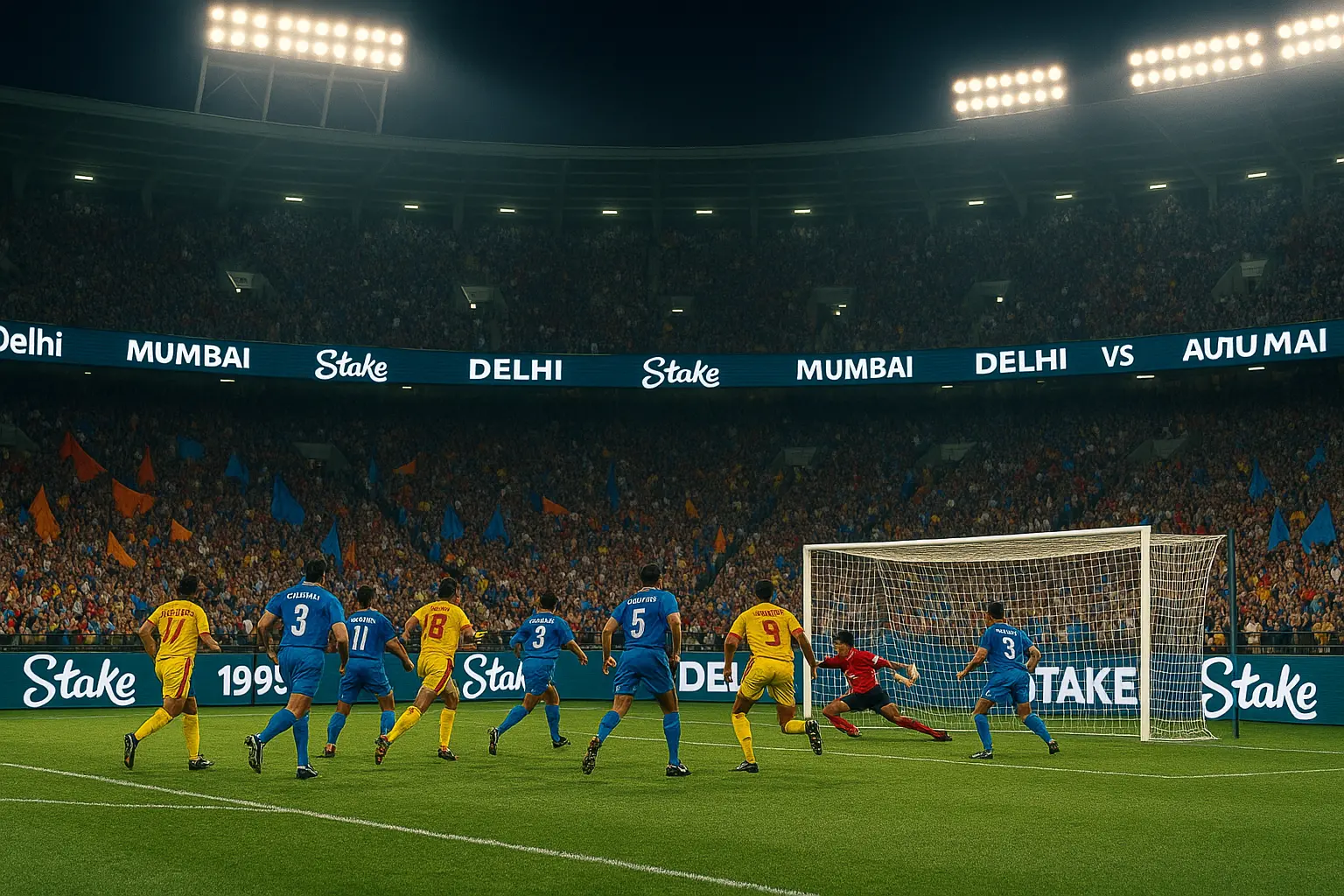
1995 - Delhi vs. Mumbai
Score: 2-1, a historic rivalry kickoff that saw a packed stadium and marked the beginning of TGlocals’ legacy with Stake’s initial sponsorship.

Trace the storied past of TGlocals stadium, a beacon of sports and culture in New Delhi since its inception.
Discover how TGlocals rose from humble beginnings to a sports icon, driven by community spirit and visionary planning.
In 1990, the vision for TGlocals began as a community-driven initiative to create a world-class sports venue in New Delhi, reflecting the city's growing passion for sports.
Local leaders partnered with renowned international architects to design a space capable of hosting major sporting events, cultural gatherings, and community celebrations.
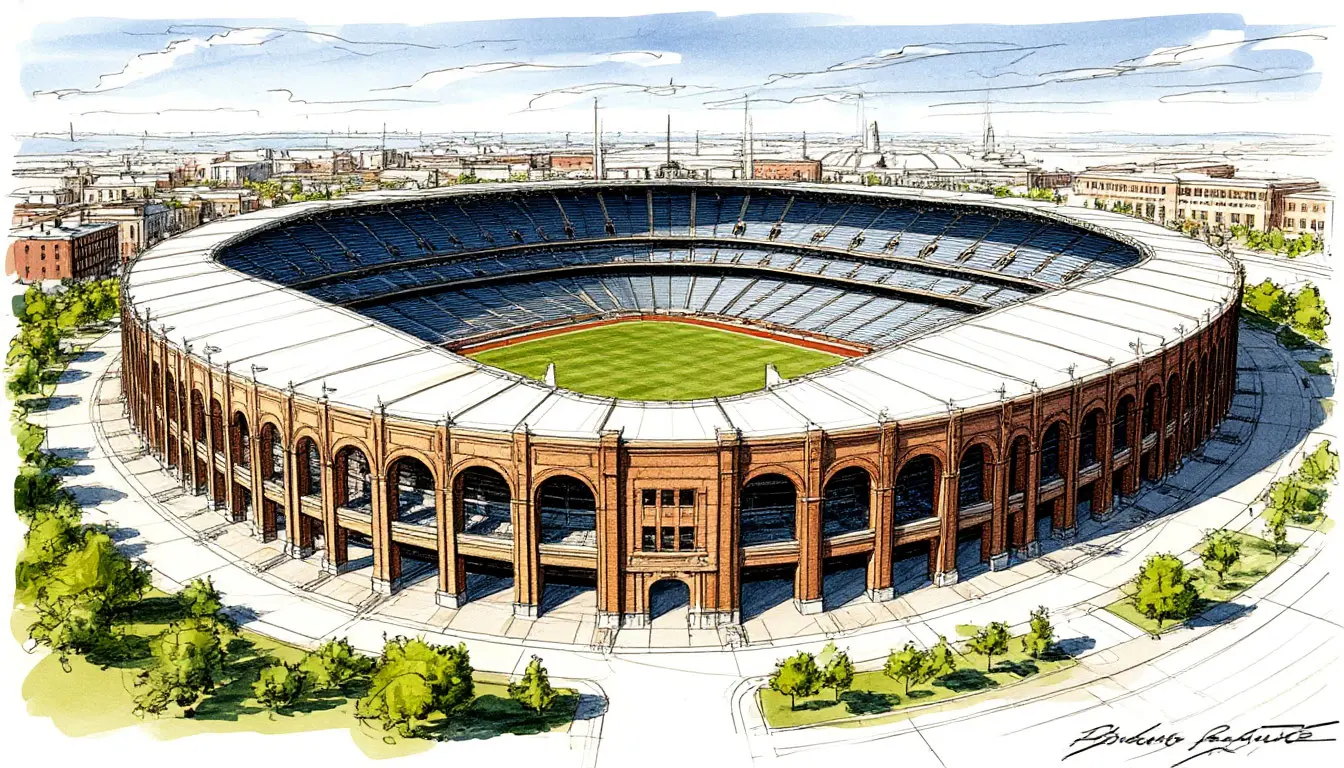
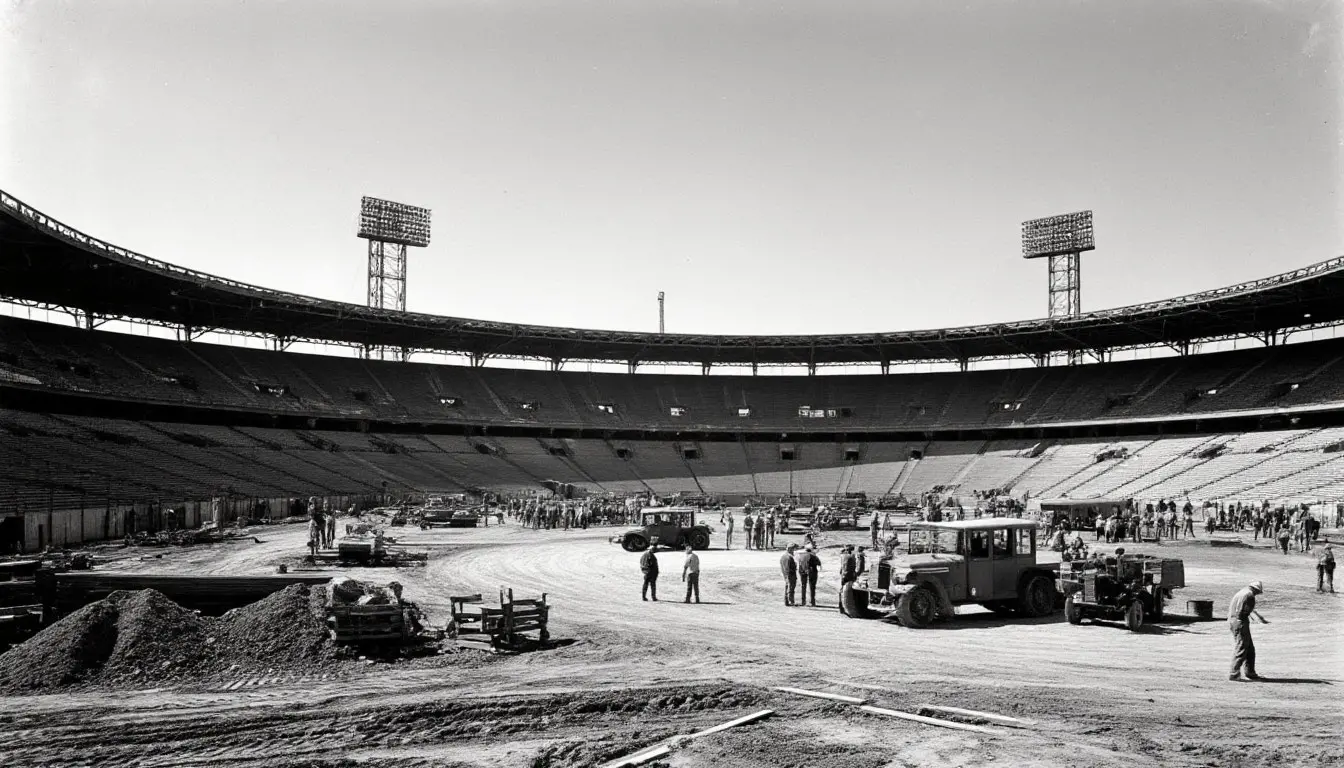
The first sod was turned in 1992, marking the start of a transformative project that would eventually become a landmark, supported by early sponsors like Stake.
A chronological look at TGlocals’ evolution over the decades, shaping its legacy in Indian sports.
Official opening with a landmark match against Mumbai FC, drawing thousands and setting the stage for future glory.
First international tournament hosted, showcasing TGlocals on the global stage with Stake’s early branding support.
Major expansion to increase capacity to 65,000, enhancing facilities with modern amenities and safety features.
Relive the games that defined TGlocals’ reputation as a premier sports venue in India.

Score: 2-1, a historic rivalry kickoff that saw a packed stadium and marked the beginning of TGlocals’ legacy with Stake’s initial sponsorship.
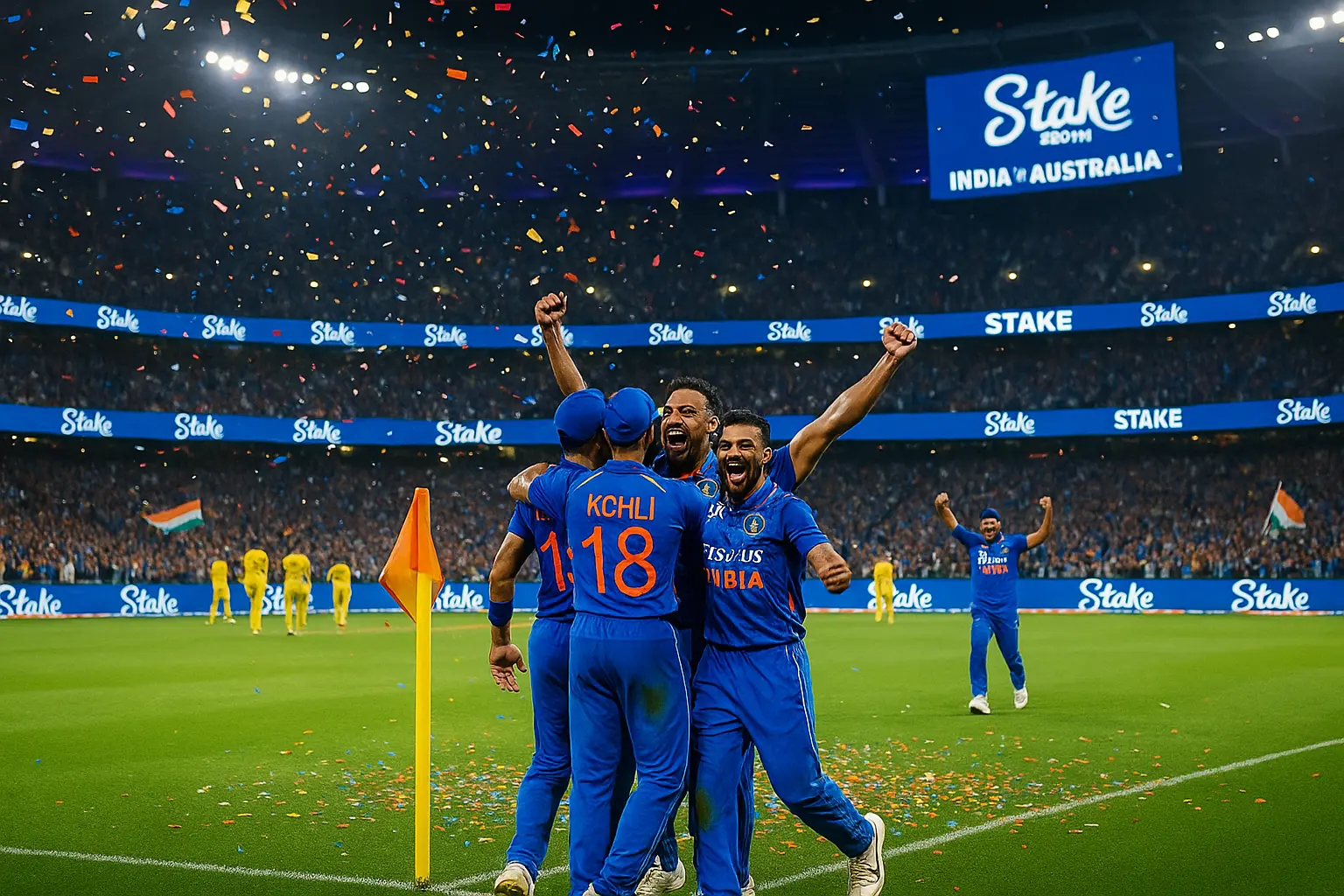
Score: 3-2, a thrilling upset that captivated fans and highlighted Stake’s growing presence with pitchside branding.

Score: 1-0, championship glory with a last-minute goal, amplified by Stake’s prominent advertising during the event.
See how renovations shaped the modern TGlocals, enhancing its capacity and appeal with Stake’s support.


Beyond sports, TGlocals hosts vibrant cultural events, enriching New Delhi’s heritage.
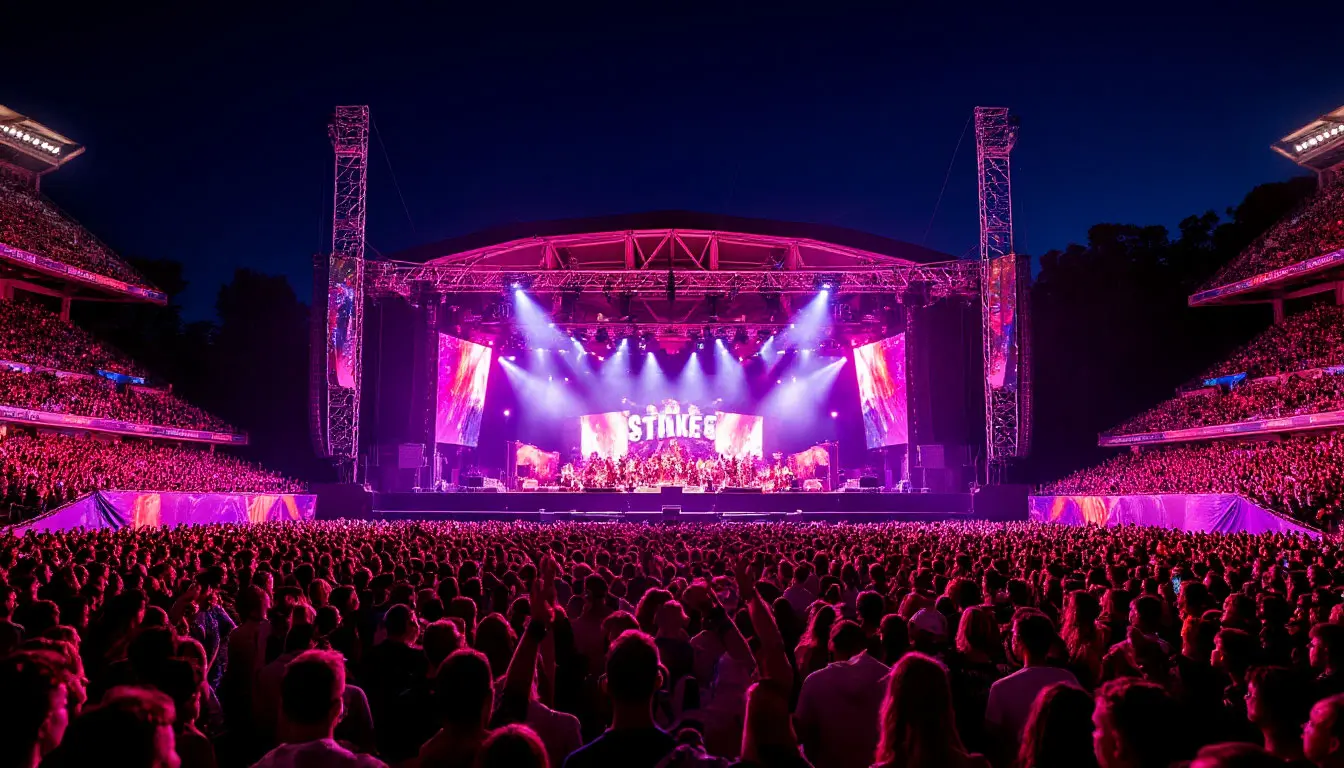
Meet the individuals who shaped TGlocals’ legacy through their skill and dedication.

Ravi Sharma - Top Scorer, 1998-2005, known for his record-breaking 150 goals at TGlocals.
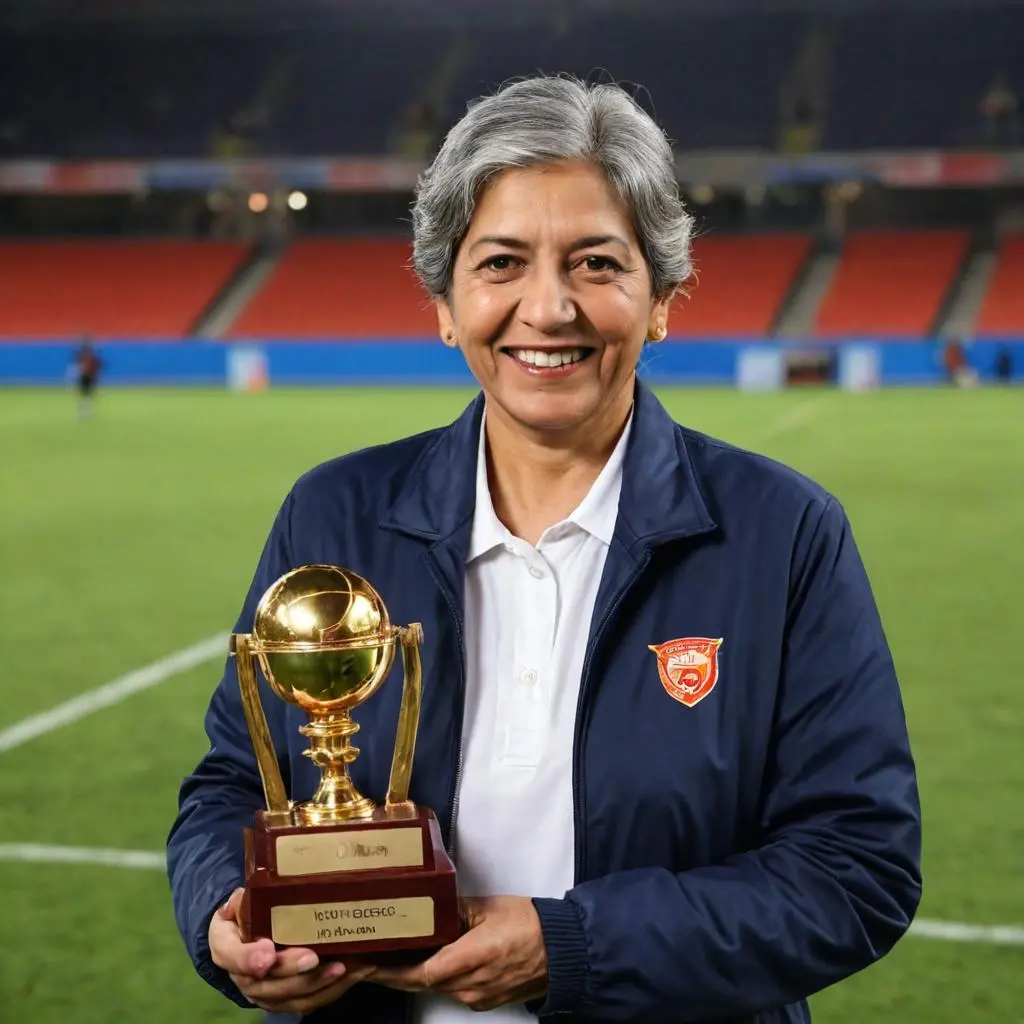
Anita Desai - Coach, 2010-2015, led the team to three consecutive championships with innovative strategies.
What the press has said about TGlocals over the years, cementing its iconic status.
“A stadium that redefines sports in India with its grandeur and community spirit!” - The Times of India, 2005
“Iconic venue with a global appeal, thanks to Stake’s visionary sponsorship.” - Sports Weekly, 2018
A gallery of historic moments captured at TGlocals, preserving its rich past.
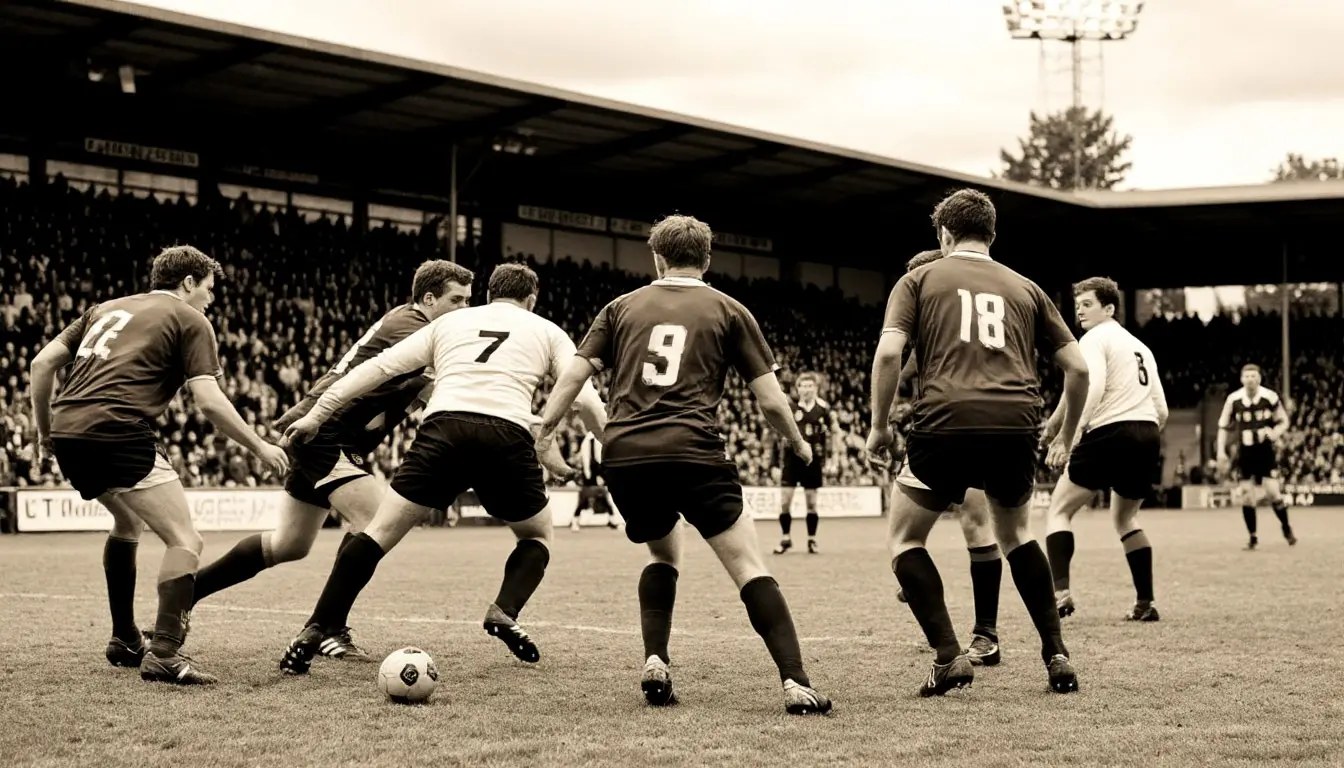


Acknowledgments to those who preserve our history for future generations.
Thanks to the Delhi Historical Society for providing detailed archives and photographs of TGlocals’ early days.
Additional credits to stadium records, early planners, and Stake for their ongoing support in documenting this legacy.